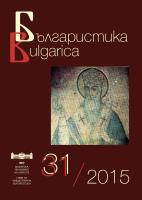
Научни форуми. 2015 г.
Data about scientific events in the field of the humanities in Bulgaria in 2015
More...We kindly inform you that, as long as the subject affiliation of our 300.000+ articles is in progress, you might get unsufficient or no results on your third level or second level search. In this case, please broaden your search criteria.

Data about scientific events in the field of the humanities in Bulgaria in 2015
More...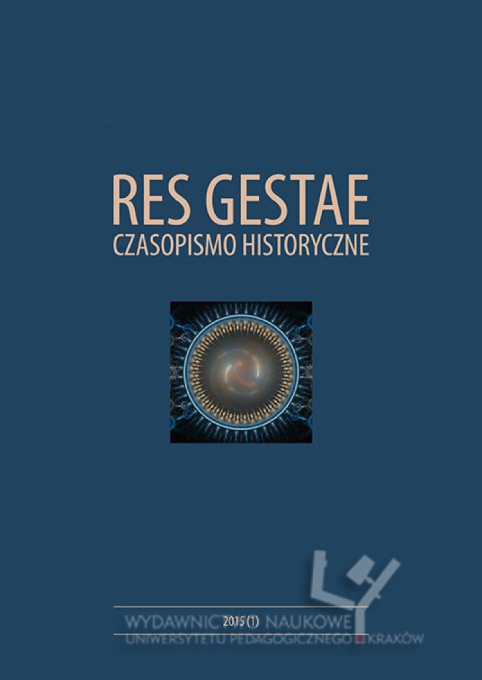
In this paper I consider how theology impacted on the uprising philosophy in ancient Greece. In the first part of my text I analyze the concept of theology and philosophy and I want to know the relation between these two ideas. I am especially interested in point of the line separating theology and philosophy. The main question concerning it is when we could say about theology that it is already philosophy, and reversely – when we could say about philosophy that it is still theology in Greek meaning. For the better understanding of the answer of this question I analyze Hesiod’s theogony. Hesiod of Beotia is accepted as a poet and theologian and that is why I pay attention to him in the second part of my text.
More...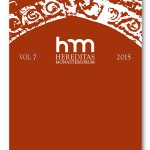
The notion of a “crisis of the clergy” as applied to a diocese in the Massif Central, does not seem to be a concept that can be understood solely in terms of its material dimension. The case of “native priests” demonstrates that the economic role of their communities diminished, in particular in the wake of an evolution of legislation as well as changes occurring at the heart of religious practices. If there was indeed a “crisis of the clergy”, this expression becomes more pertinent, if we understand well the place which society wished to accord to clergymen. A close examination of the role of parish priests or canons demonstrates the different kinds of recognition they were granted depending on the work they carried out. Utilitarianism seems to be the overriding concern.
More...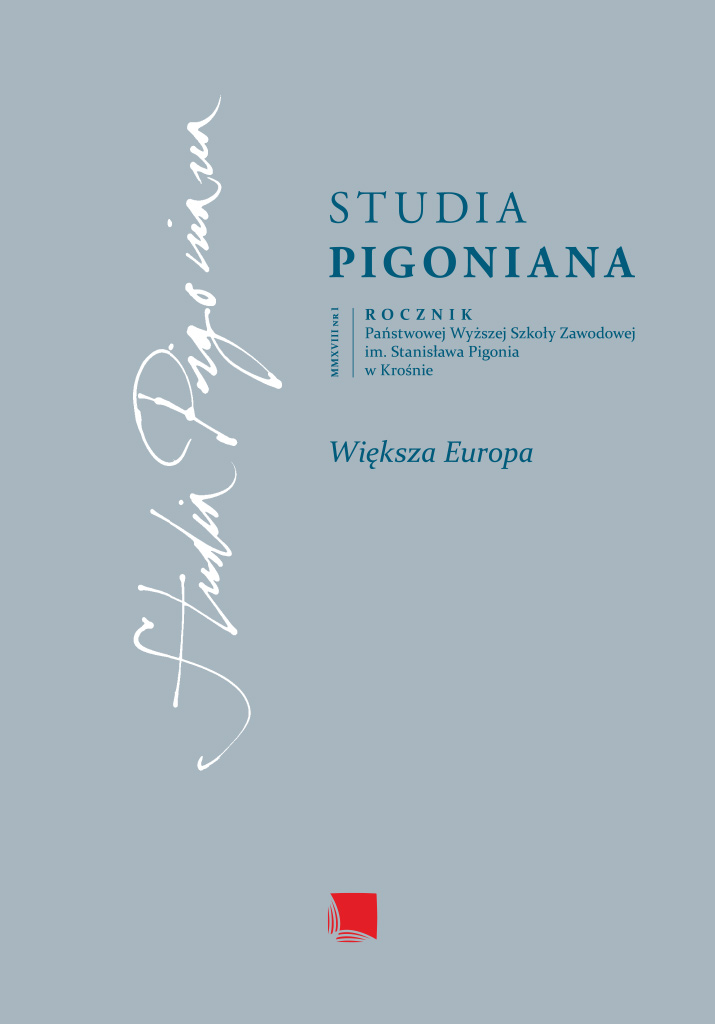
Dostojewski o nieśmiertelności duszy i raju pozaziemskim Artykuł stanowi próbę opisu światopoglądu rosyjskiego pisarza i myśliciela Fiodora Michajłowicza Dostojewskiego (1821–1881) w kontekście rozumienia przez niego nieśmiertelności duszy ludzkiej oraz raju pozaziemskiego w opozycji do ateistycznych i antyteistycznych ideologii Rosji drugiej połowy XIX wieku, w tym przede wszystkim „bezbożnego socjalizmu”. Ukazuje fundamentalne różnice pomiędzy cząstkami ideowo-fabularnymi powieści Bracia Karamazow – Przewrót geologiczny, Legenda o raju i Wielki Inkwizytor – w kontekście rozważań pisarza o osobowej nieśmiertelności człowieka i jego istnieniu w „raju pozaziemskim”. W odniesieniu do bliskiej Dostojewskiemu ideowo postaci nacjonalisty Iwana Pawłowicza Szatowa z powieści Biesy została sformułowana teza o sprzeczności jego światopoglądu z chrześcijańskim uniwersalizmem, wyrażonym źródłowo w Liście do Galatów apostoła Pawła (3:28): „Nie ma Żyda ani Greka, nie ma niewolnika ani wolnego, nie ma mężczyzny ani kobiety, gdyż wy wszyscy jedno jesteście w Jezusie Chrystusie”.
More...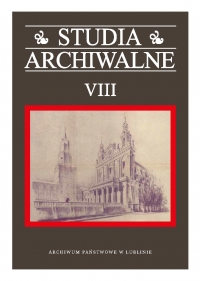
The parish in Narol was established by Florian Łaszcz Nieledewski in 1595, in a village existing from the mid-16th century, near which he founded the town of Florianów (now Narol) in 1592. Visitations by bishops of Chełm, in whose dioceses Narol was located, confirm that the parish records (births, marriages) were kept from the very beginnings of the parish but in the autumn of 1648 they were destroyed during the Cossack-Tatar invasion (most probably burnt). The new records were kept from 1650. In the early 20th century they were seen in the Narol church by Karol Notz, famous in Galicia (Eastern Europe) for making inventories of historic relics. In 1914, the parish books were burnt during the fire of the town and the church. Their only known traces, discussed in the present publication, are excerpts/copies made in the mid-19th century by Ludwik Zieliński, which mostly refer to the noble families connected with Narol. The overwhelming majority of the 546 extracts are birth entries, only 29 being records of marriages.
More...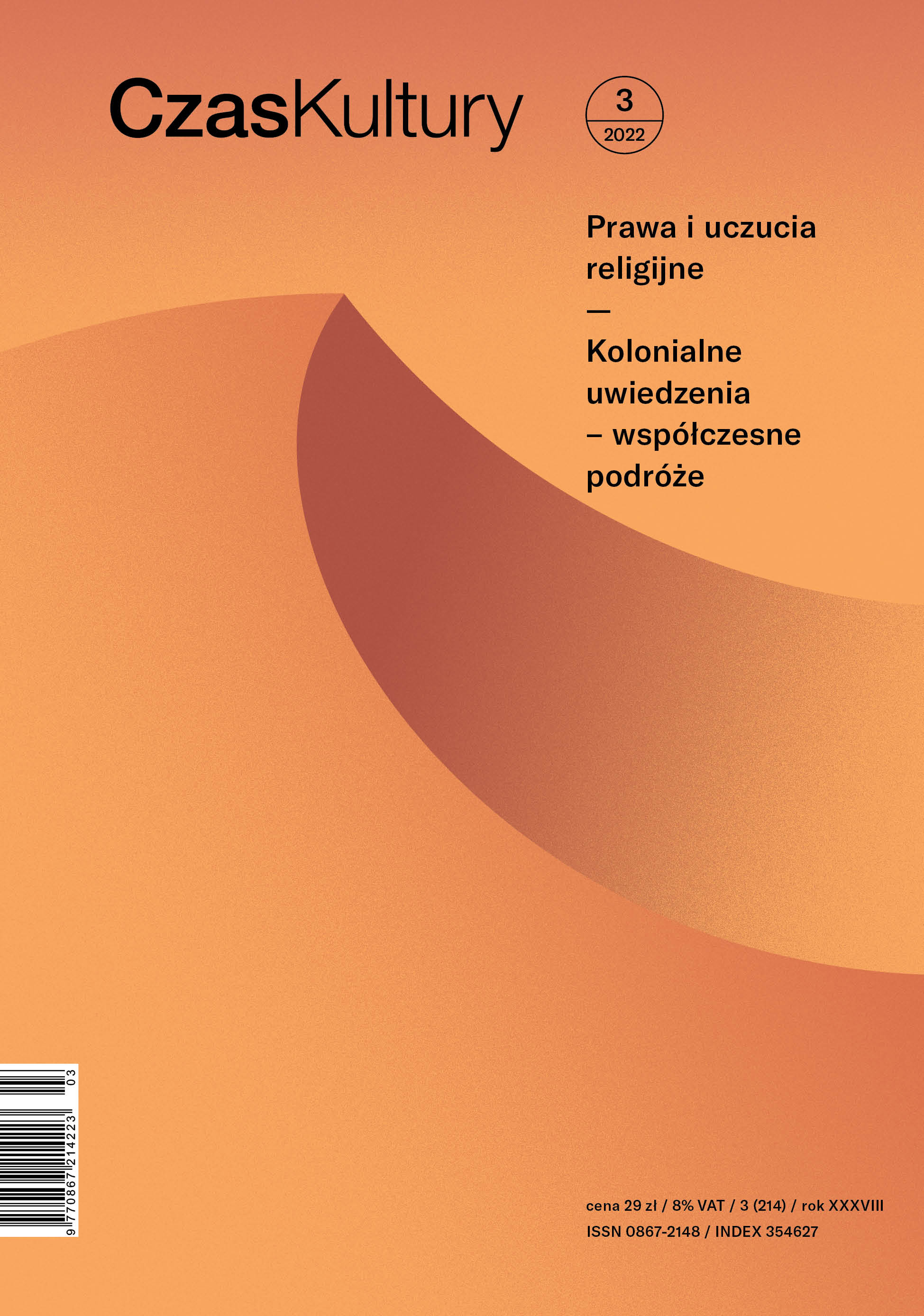
Poland, secularism, Church, usurpation, cultural Catholicism, state, religion, entanglement
More...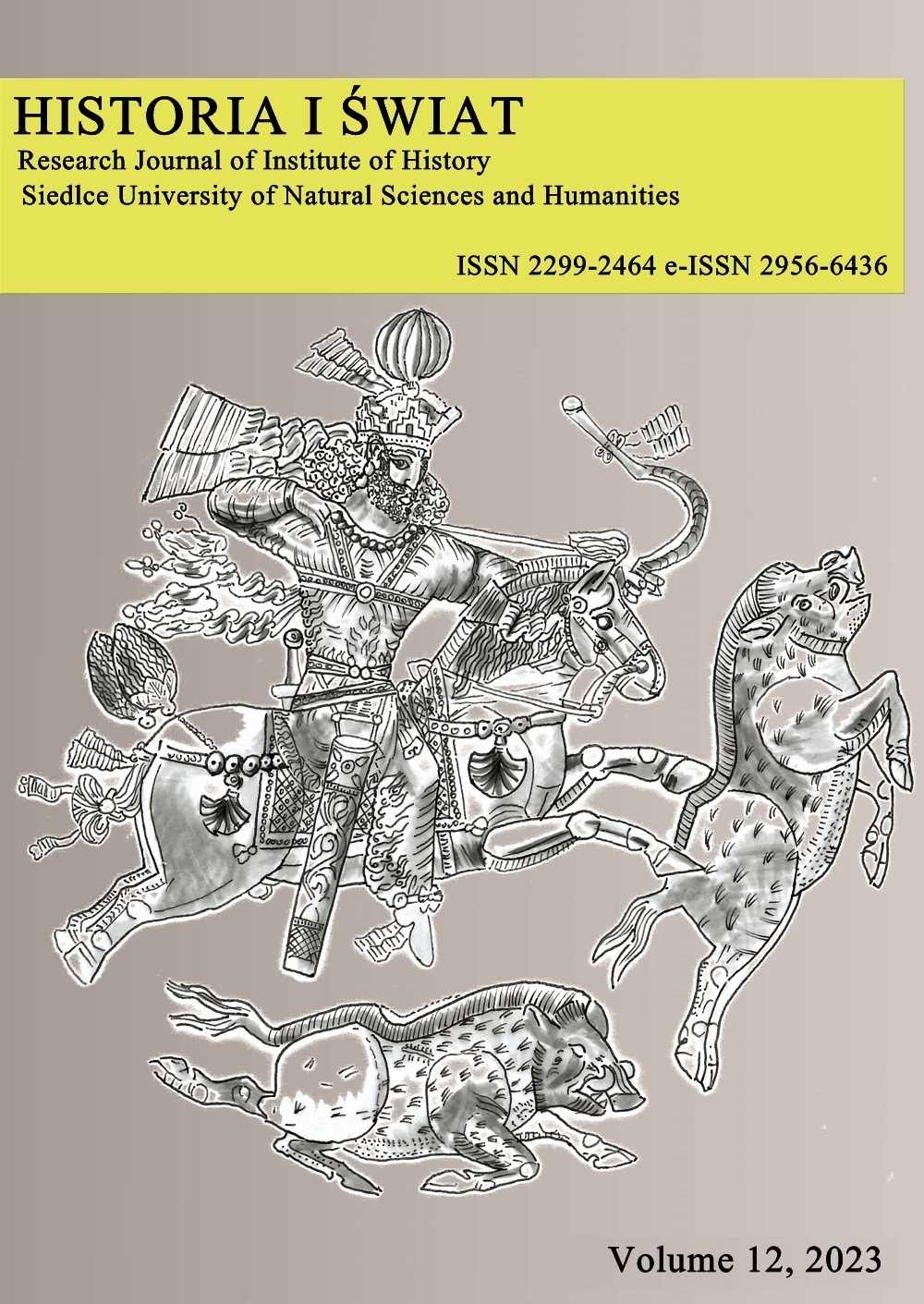
Royal Elamite inscriptions offer valuable insights into a range of themes related to ancient Iran. However, to date, no Elamite creation myth has been recovered. Nonetheless, there exist indirect references in the inscriptions and rock reliefs that can be used to reconstruct such an account. This study aims to partially reconstruct the Elamite genesis by examining the linguistic and iconographical clues. It is important to note, however, that this primary investigation provides only limited insights into the creation myth in ancient Elam.
More...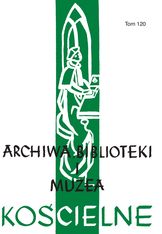
The historic Kielce chapter book collection includes 42 incunabula and more than 300 prints from the 16th–18th centuries. These include library (mainly theological) books and liturgical books. These prints are kept in the Library of the Higher Seminary in Kielce as an integral and autonomous collection unmixed with the seminary’s book collection. A small part of the book collection – the most valuable three liturgical manuscripts are kept in the cathedral treasury in Kielce. Supralibros were discovered in these two parts of the book collection. The negative search concerned 29 library manuscripts (14th–15th centuries) stored in the Library of the Kielce Higher Seminary in the chapter collection, as well as various scattered prints and manuscripts included in the collection of prints and seminary manuscripts of Kielce chapter provenance. However, these books include no volumes with supralibros. In the study of the book collection, 14 supralibros were selected. They belonged to 13 owners. Of the 14 bookplates, as many as 10 have been identified as associated with 9 bibliophiles. Four bookplates remain unidentified. The aforementioned bibliophiles include the bishops of Kraków. Furthermore, supralibros of bishops of other dioceses (Gniezno, Poznań and Chełmno) have also been preserved. Among the clergy more closely associated with the Kielce Chapter, Rev. Wojciech Strzemeski stood out, possessing two recognized supralibros. The preserved bookplates are valuable material in the study of supralibros. The surveyed supralibros of Kielce are mostly unknown examples of bookplates in early and mature Renaissance, then Mannerist forms; works from later times are poorly represented. A catalogue of supralibros has been added to the analytical text of the article. The structure of the catalogue and photographic material refers to the forms of description and dissemination of knowledge of Polish supralibros developed in scientific research.
More...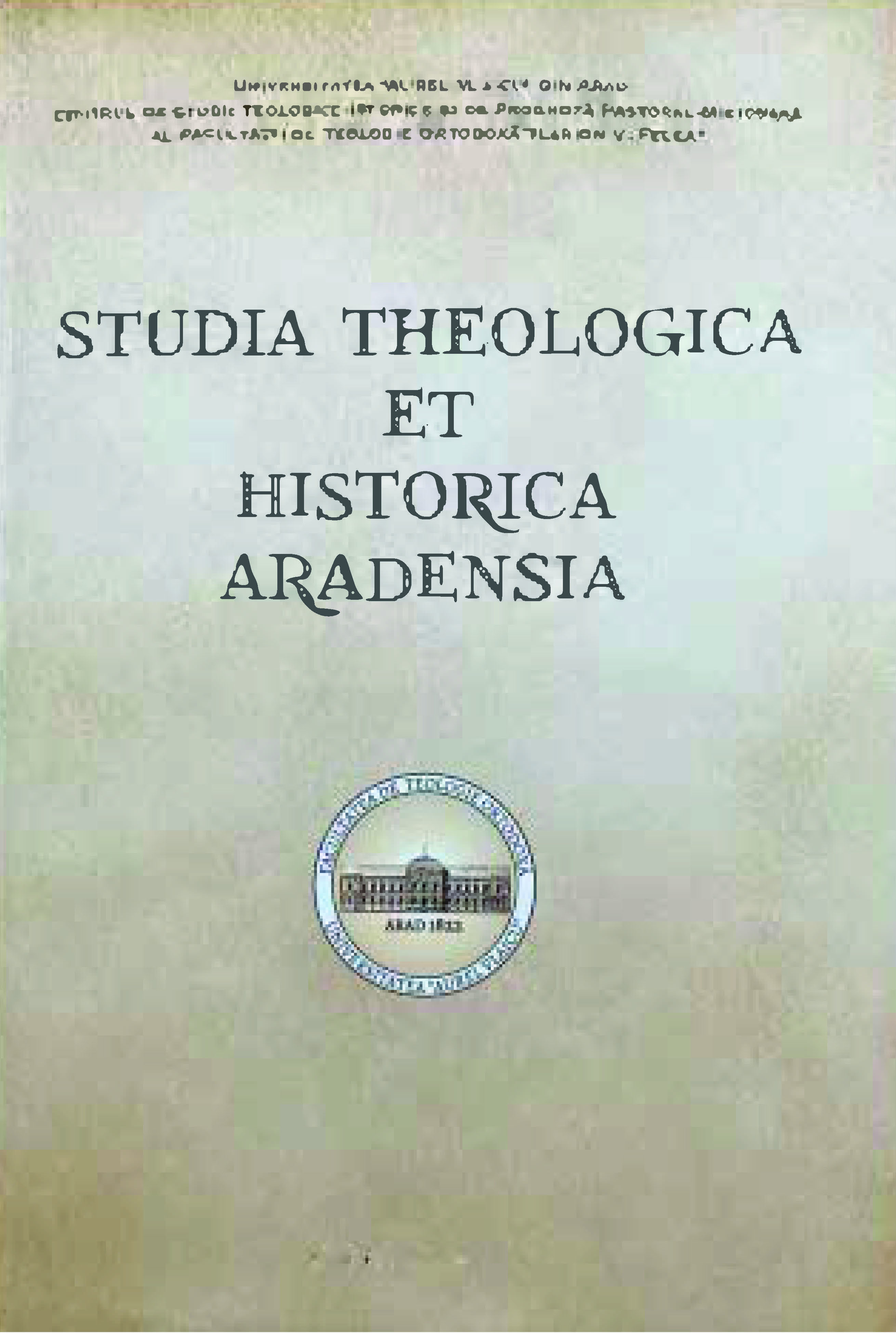
Dans lʼarticle „Décoration conférée à l’évêque dʼArad en 1926”, on présente, en utilisant la phaléristique, l’héraldique et la sigillographie, l’Ordre „Couronne de Roumanie”, au grade de Grand Officier, qui fut conféré à Grigorie Comsa, l’évêque d’Arad.
More...
Fatherhood and spiritual guidance subsidiarily affirm the monastic way of understanding anthropology itself. Actually, spiritual experience is acquired through living example, through the exercise of spiritual fatherhood, through the fiery words of Scripture and the Fathers. Moments of great encounters between the soul and God are very rare and fleeting in people’s lives. In many of the lives of the saints, these are ordinary realities, a stable nature. In this case, man fully lives this experience through Christ in the Holy Spirit. This experience of grace was something extremely sought after and desired in the Byzantine (even secular) society of the 13th-14th centuries. We propose in this study to identify the features of Syriac proto-Manism through pilgrimage as an ascetic form of repentance and through the spirituality contained in “Ktabâ dmasqatâ”.
More...
Highlighting some data about the Bishopric of Arad during the First World War.
More...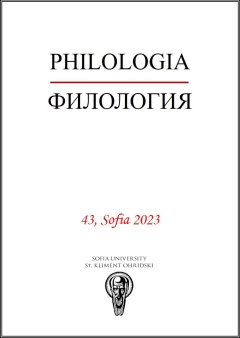
Guiding concepts in the social sciences are often presented in the abstract. Yet notions such as center and periphery are intimately tied to the historical contexts in which they are created. Thus, center and periphery in its original form was closely linked to the “modernization” theory that dominated the social sciences from the 1950s through the end of the 20th century. Recognizing such concepts in their historical settings facili- tates understanding their initial appeal and limits. The author narrates his own involvement with social theory, Islamic studies, and the rapprochement of anthropology and history, and development of the concept of centers and peripheries, especially as it was shaped by an ongoing multi-year social historical and anthropological project anchored in Bulgaria.
More...
This article is based on the introduction to the Religion and Culture Seminar of the Center for the Study of Religions, Sofia University St. Kliment Ohridski. The seminar’s 2022–2023 interdisciplinary theme was “Center and Periphery in Religion and Society.” The text outlines the notion of center and periphery with the aim of framing a possible overall re-conceptualization, demonstrating why this notion remains highly relevant to our understanding of the intersection of religion and society. The analysis builds on preliminary notes on West Africa as an Islamic periphery to the Arab world. It then provides examples from the Middle East and Eastern Europe. The article argues that although a phenomenon looks peripheral from certain perspectives, this does not necessarily mean it is insignificant. In some cases, it might be more appropriate to speak of multiple interacting centers and peripheries rather than of one single center and a loose periphery.
More...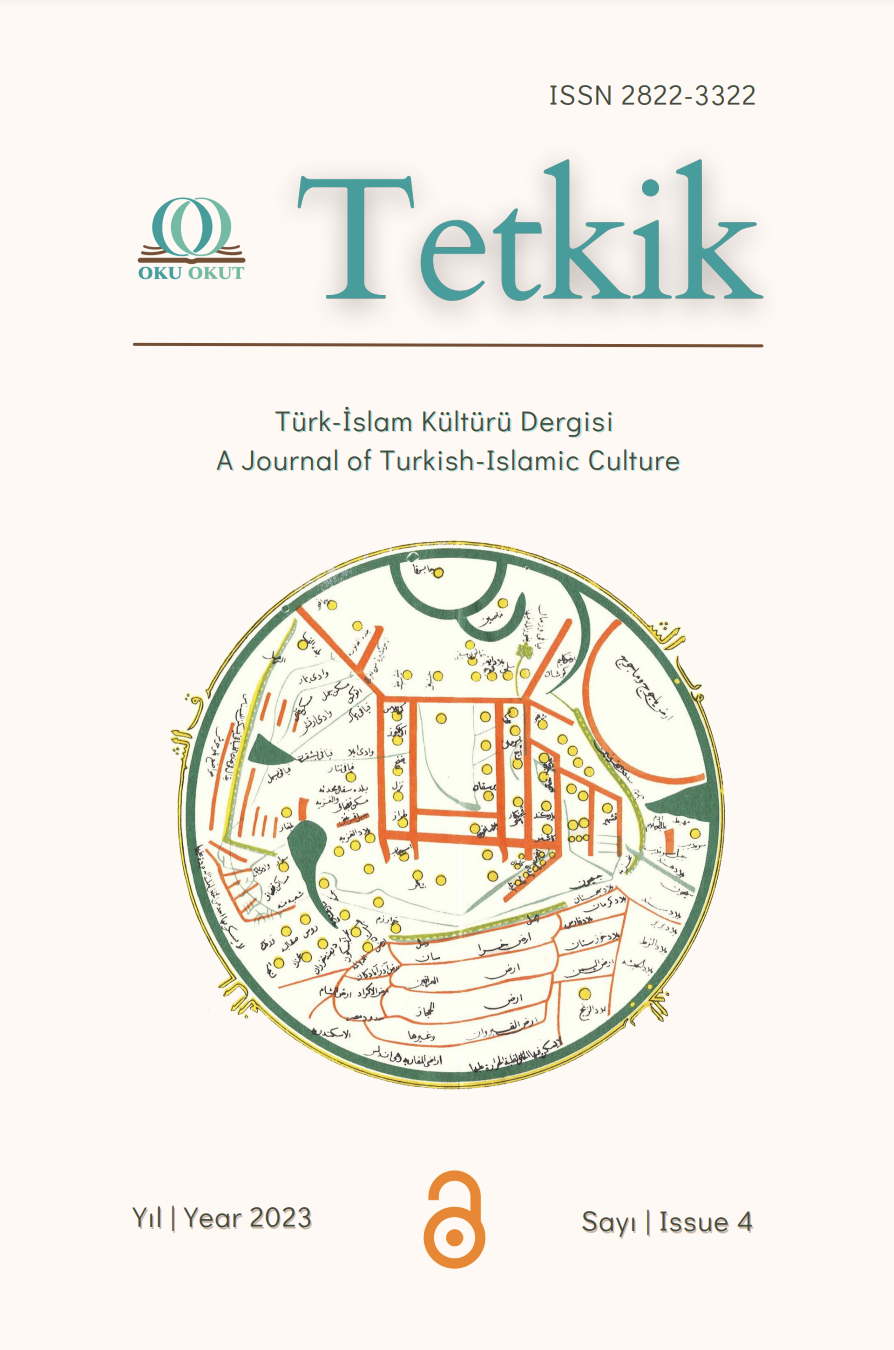
The Byzantine Empire owed its centuries-long great power to the perfection of its military structure. The Byzantine land, which spread over a vast area, was tried to be protected by these soldiers. The mercenaries serving in the Byzantine army were obtained from Europe, the steppes of Russia, the cold climates of Scandinavia, and the Pecheneg and Cuman Turks in the northeastern lands of the Balkans. Norman mercenaries began to be included in this community in the last quarter of the eleventh century. Normans, of Viking origin, spread from northern France to Andalusia and Southern Italy, where they served as mercenaries. Their capture of Southern Italy and then Sicily brought about the processes of statehood. Norman mercenaries serving in the Byzantine service were impressed with their superior combat skills and obedience to their leaders. Although they succeeded in the tasks they undertook, their unreliable and rebellious nature brought them against the Byzantine authorities. Byzantium, which got rid of the rebellious Norman leaders, usually through Seljuk lords such as Artuk and Tutak, followed a similar policy against the Seljuks, another power with which it could not cope. Seeing the benefits of the support it received from the Turkman lords against the Normans who rebelled against it, Byzantium would apply to the military units of the Seljuks in its later struggle against the Normans in Southern Italy. This process, too, will result in the death of Kilicarslan I, who gave his chosen soldiers to Byzantine service in 1107, in today's Silvan, which was known as Mayyafarikin (Miepherkeim) at that time. This article will discuss how this process started through the activities of Norman mercenaries in Anatolia.
More...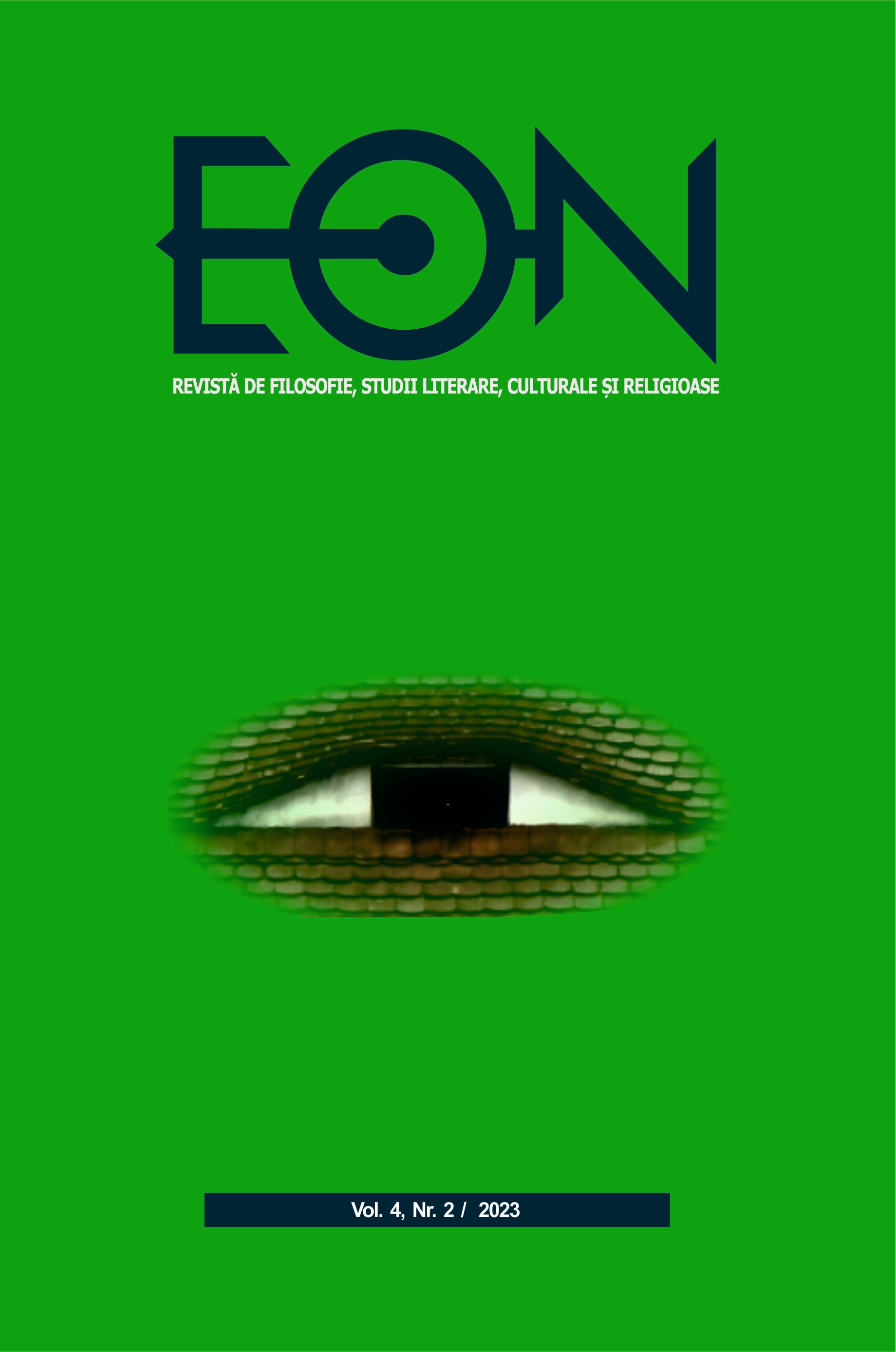
In the volume of essays “The Absolute - from disintegration to reconstruction”, the theorist and thinker Mircea Braga starts from the considerations of the philosopher George Steiner about the “disintegration" of the old existential platform of humanity, based on a mythical knowledge of man and of the universe. The new existential platform absolutizes human reason and proclaims the “death of God," to promote social and ideological mythologies that promised earthly heaven. However, at the beginning of the 21st century, the Absolute is reconstructed with the help of science that ascertains the infinity of worlds that make up the universe. Neurosurgery proves the existence of the soul and quantum physics proclaims the validity of multiple worlds beyond the limits of our perception. Including the “world beyond"! The Absolute is “reconstructed", therefore, on scientific bases, consolidating itself both theoretically and spiritually. Mircea Braga captures the way of coagulation of the concept of the possible world in the prosaic and poetic, religious and analytical imaginary, by appealing to scientific studies and literary texts from the Romanian cultural space.
More...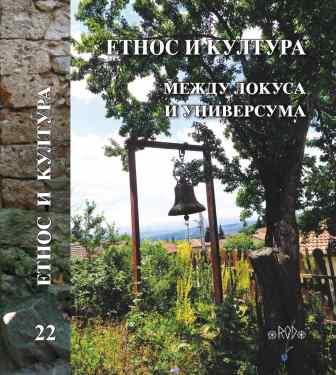
In 1962, the Bulgarian Church canonized Paisij Hilendarski. “Church Newspaper” devotes its entire issue from December of the same year to the event. It contains the lyrical poem “Paisij Hilendarski” by Mihail Kovachev, a researcher of Mount Athos and the Zograf Monastery. The report dwells on the question of what she managed to “say” in the difficult time of socialism.
More...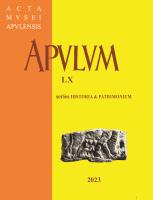
The sermon of Metropolitan Nicolae Bălan of Trasylvania at the consecration of the Coronation church of Alba Iulia on 8 October 1922 is a homiletical document of historical and spiritual value and best expresses the enthusiasm that animated the protagonists of the moment. In fact, Metropolitan Nicolae Bălan had been the main editor of the "Revista Teologică" (Theological Review) and professor of Theology at the Andreian Academy in Sibiu, an authentic Șaguna spirit and promoter of the culture of preaching. The Metropolitan's speech also reflects the relations between Church and State after the unification of 1918, when a Byzantine symphony was being created. Situated between historicism and the theology of history, Metropolitan Bălan's sermon inaugurated and highlighted a privileged place of memory, the Coronation Cathedral (1922), linked to the princely and royal past, and later, it would be he who would call it the Cathedral of Reunification (1948), after the tragic events that took place after the communist regime came to power. The centenary of the Coronation (2022) brings back the prophetic resonance of the words of one of the Metropolitan's sermons and the royal scent of the former cathedral.
More...
The coronation of King Ferdinand and Queen Marie at Alba Iulia on the 15th of October 1922 was to become one of those emblematic and historic moments in the process of Romania becoming whole. Consequently, this was the beginning of an ample and ambitious project, which aimed for the construction of a Coronation Cathedral, the preparation of the anointment ceremony of the two sovereigns, immortalising the enthronement of King Ferdinand and Queen Marie, for which a special commission was established. As expected, the Primate of the Romanian Orthodox Church, Primate Metropolitan Miron Cristea, the future patriarch, received an extremely important role, that of conceiving the protocol and the liturgical structure of the religious services during the Coronation ceremony, the hierarch being given a free hand to sketch the project in the first stage. Gradually, however, in a political, religious and even quite complicated diplomatic context, Miron Cristea found himself faced with more or less camouflaged imperatives regarding the change or complete removal of certain ceremony elements considered unacceptable by King Ferdinand I. Consequently, the role the Primate Metropolitan expected the Romanian Orthodox Church to play in the Coronation ceremonies turned into a secondary one, an almost marginal one. It was proved that driving away from the „Byzantine Symphony”, the relations between Monarchy and the Church were entering a new phase of their relationship, one in which interdependence was no longer a sine qua non condition.
More...
In the last issue of Apulum journal, we tried to bring to light the essential data from the biography of priest Florian Rusan, the parish priest of the Maieri Alba Iulia Orthodox parish. He was a lesser-known clerical personality, and some data from his biography are unreliable. In the present material, we will try to present to the reading public a new side of his clerical career, that of a military confessor. Priest Rusan took care of the shepherding and guidance of the young Romanian soldiers with great dedication and solicitude. His mission was not easy. Florian Rusan faced many problems, and not a few times he had to call on his own resources. Among the problems he faced in his activity, one of the most important was the phenomenon of sectarianism. Florian Rusan managed to gather the soldiers around the church, taking care of their problems very carefully. He gave them numerous sermons and speeches through which he instilled in them the love of nation and country, as well as attachment to the Royal Family. The tireless priest also carried out his work at the military hospital in Alba Iulia or at the penitentiary.
More...
Andrei Scrima, Romanian Orthodox theologian, was born on December 1, 1925 and passed away in Bucharest, on August 19, 2000. In 1955, while he was a librarian at the Patriarchate, he met Mohammad Habib, Professor of political science, and Afzar Afzaluddin, Professor of history, both from the University of Aligarh, India. In 1956, the Indian vice-president Sarvepalli Radhakrishnan came to Bucharest, where he heard Scrima reciting in Sanskrit. At the reception that followed, Radhakrishnan gave a speech, stating that Scrima was to go to India. Following this event, Andrei Scrima spent almost two years in Benares, India (April 1957-October 1959), during which he worked on a doctoral thesis, a work that has not been preserved, nor is there any evidence that it was defended in Benares.
More...